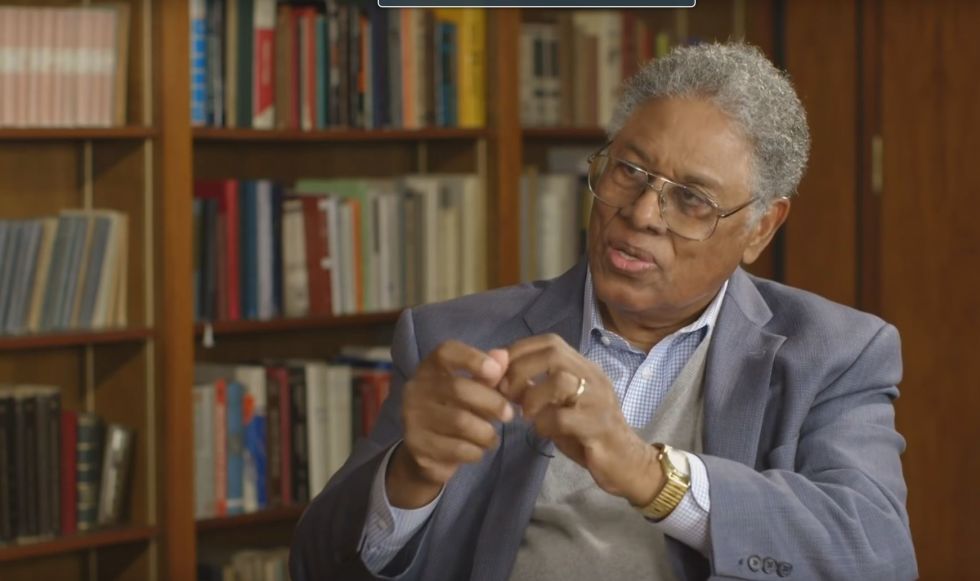Income inequality has long been one of the liberals’ favorite issues. So there is nothing surprising about its being pushed hard this election year.
If nothing else, it is a much-needed distraction from the disasters of ObamaCare and the various IRS, Benghazi and other Obama administration scandals.
Like so many other favorite liberal issues, income inequality is seldom discussed in terms of the actual consequences of liberal policies. When you turn from eloquent rhetoric to hard facts, the hardest of those facts is that income inequality has actually increased during five years of Barack Obama’s leftist policies.
This is not as surprising as some might think. When you make it unnecessary for many people to work, fewer people work. Unprecedented numbers of Americans are on the food stamp program. Unprecedented numbers are also living off government “disability” payments.
There is a sweeping array of other government subsidies, whether in money or in kind, which together allow many people to receive greater benefits than they could earn by working at low-skilled jobs. Is it surprising that the labor force participation rate is lower than it has been in decades?
In short, when people don’t have to earn incomes, they are less likely to earn incomes — or, at least, to earn incomes in legal and visible ways that could threaten their government benefits.
Most of the households in the bottom 20 percent of income earners have nobody working. There are more heads of household working full-time and year-round in the top 5 percent than in the bottom 20 percent.
What this means statistically is that liberals can throw around numbers on how many people are living in “poverty” — defined in terms of income received, not in terms of goods and services provided by the government.
Most Americans living in “poverty” have air conditioning, a motor vehicle and other amenities, including more living space than the average person in Europe — not the average poor person in Europe, the average person.
“Poverty” is in the eye of the statisticians — more specifically, the government statisticians who define what constitutes “poverty,” and who are unlikely to define it in ways that might jeopardize the massive welfare state that they are part of.
In terms of income statistics that produce liberal outcries about “disparities” and “inequities,” millions of people who don’t have to earn incomes typically don’t.
The more people who are in a non-income-earning mode, the greater the disparities with the incomes of those of us who have to work for a living, and who have to earn more to offset high tax rates. Yet liberals often act as if this is an injustice to those who don’t work, rather than an injustice to those who do work, and whose taxes support those who don’t.
Actually, the liberal welfare state is an injustice to both, though in different ways.
Despite whatever good intentions some liberals may have had in creating the ever-growing welfare state, practical politicians know that more dependency means more votes for supporters of bigger government.
There are no incentives for either politicians or the bureaucrats who run the welfare state agencies to get people off their dependency on government programs. Moreover, the eligibility rules create a very high cost to individuals who try to rise by getting a job and earning their own money.
It is not uncommon for someone who is receiving multiple government-provided benefits — housing subsidies, food subsidies, etc. — to lose more in benefits than they gain in income, if they decide to take a legitimate and visible job.
If increasing your income by $10,000 a year would cause you to lose $15,000 worth of government benefits, would you do it? That is more than the equivalent of a 100 percent tax rate on income. Even millionaires and billionaires don’t pay that high a tax rate.
Liberals don’t talk — or perhaps even think — in terms of the actual consequences of their policies, when it is so much more pleasant to think in terms of wonderful goals and lofty rhetoric.




